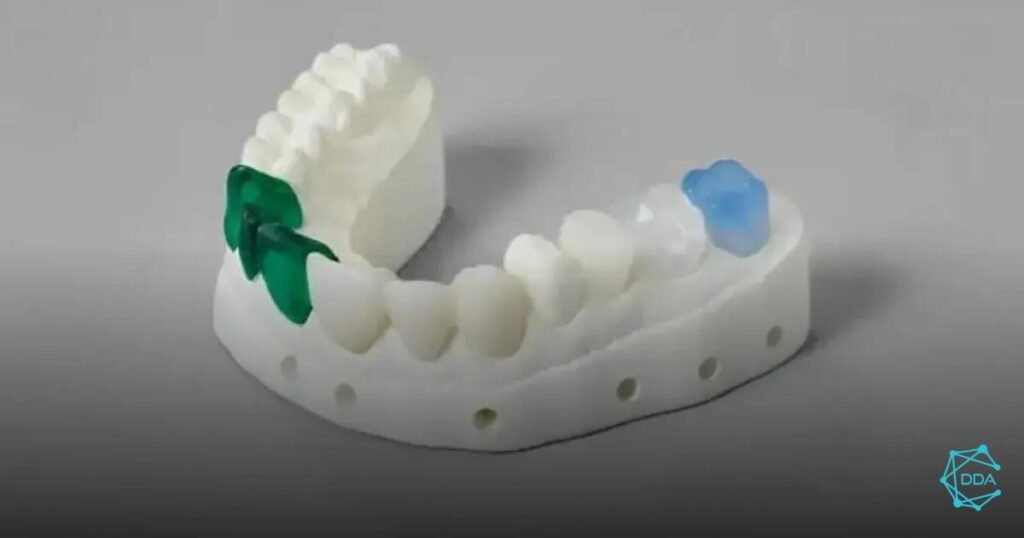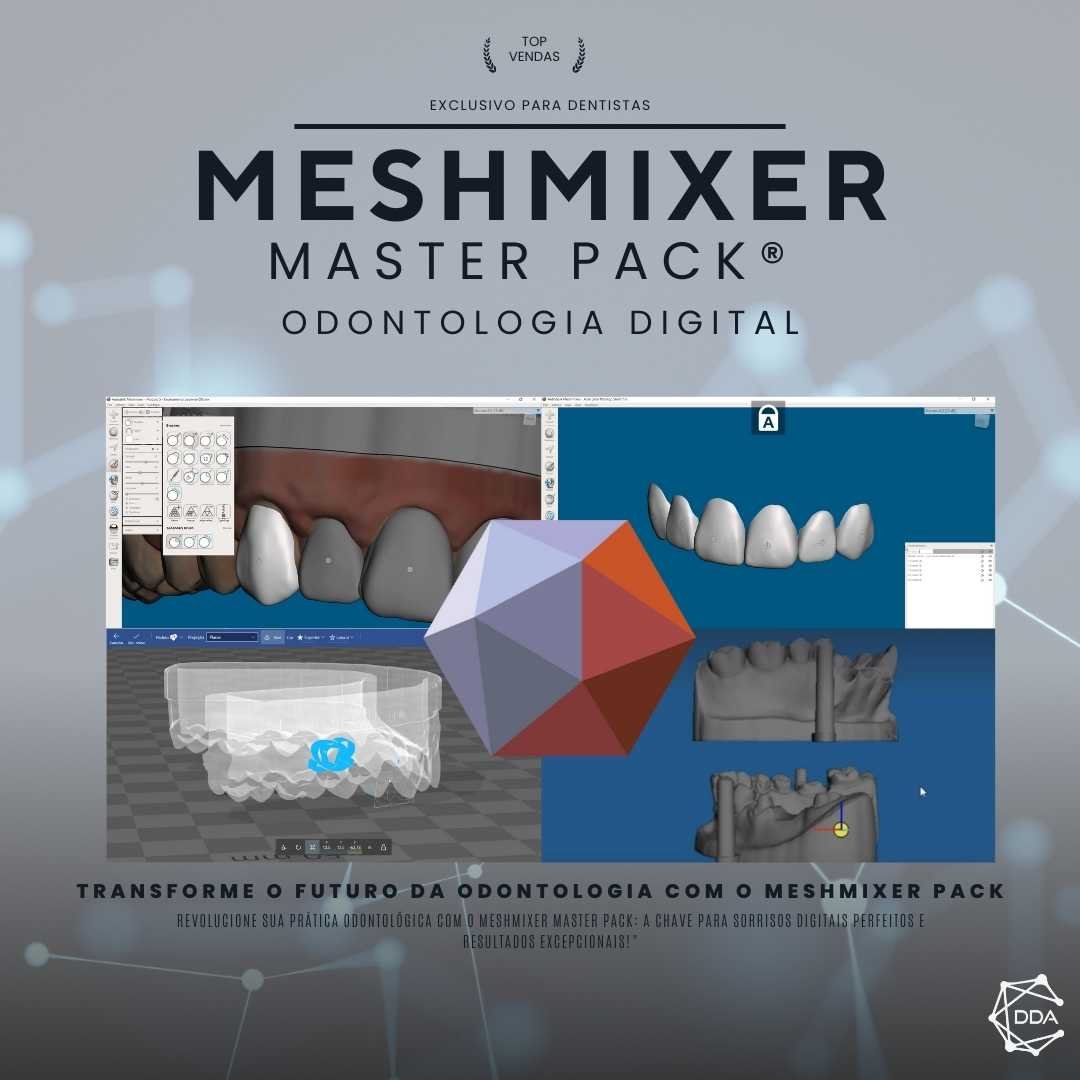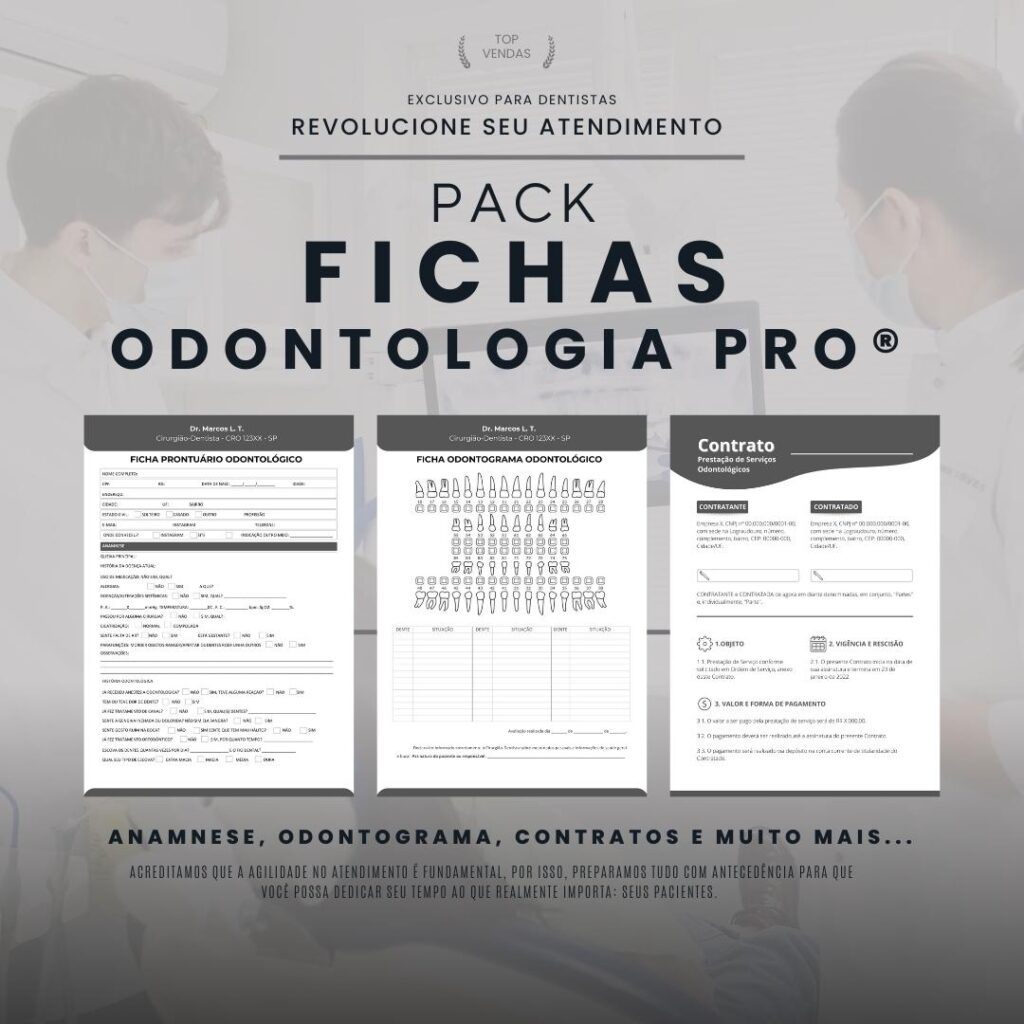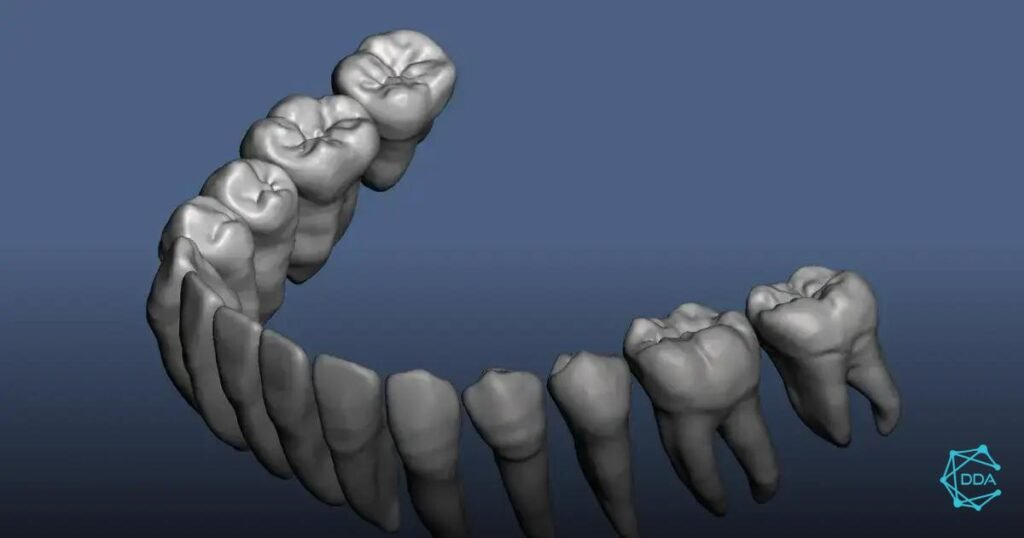O dental 3D printer course is an excellent opportunity for dental professionals who want to expand their skills. In this course, we will cover everything from the basics of 3D printing to practical applications in dentistry. You will learn how these innovative technologies can streamline processes, reduce costs and improve the quality of treatments. Read on to find out how to enroll and transform your career in dentistry.
Introduction to 3D Printers in Dentistry
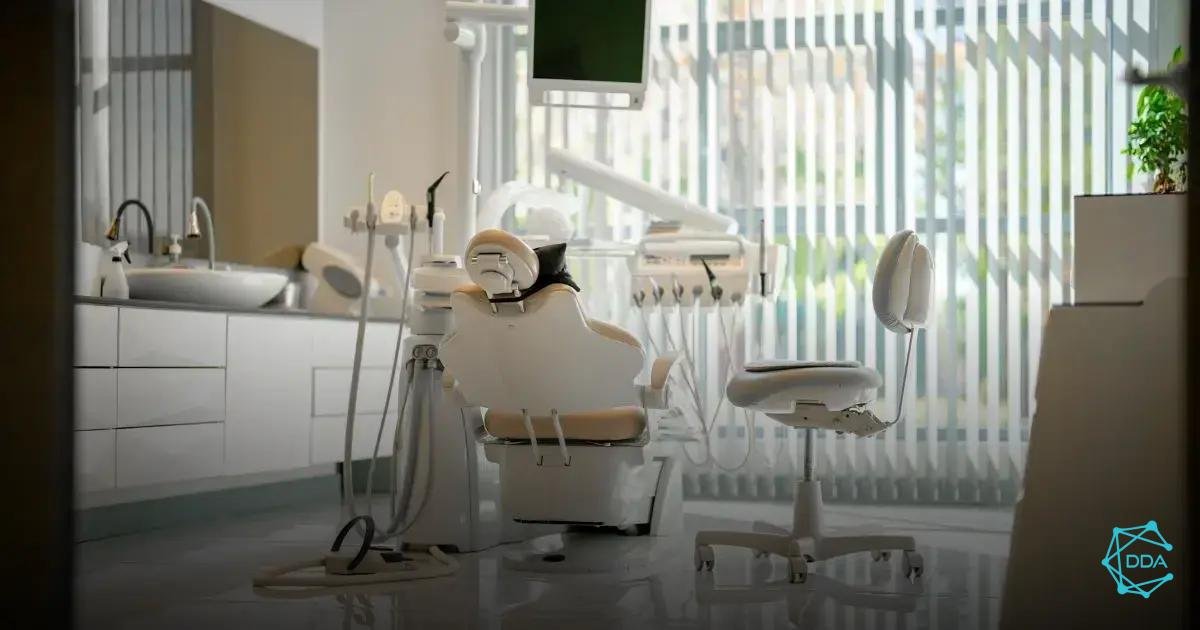

A Introduction to 3D printers in dentistry reveals how this technology is changing the dental care landscape. 3D printers allow the creation of accurate and personalized models, essential for modern dental practice.
These machines use digital modeling to transform designs into physical objects, offering faster and more efficient results. The use of 3D printers in dentistry facilitates the production of prosthetics, crowns and aligners, providing a more comfortable experience for patients.
Furthermore, 3D printing contributes to the error reduction in the manufacture of dental devices. With the precision of digital impressions, dentists can ensure that each part fits perfectly, improving the effectiveness of treatments.
Another important benefit is the saving time and resources. By eliminating the need for traditional molds, professionals can produce dental pieces in less time, optimizing their processes and increasing productivity.
In short, 3D printers are becoming an essential tool in dentistry, offering innovation and efficiency. In our course, you will learn how to make the most of this technology to improve your services and better serve your patients.
Advantages of 3D Printers for Dentists


To the Advantages of 3D printers for dentists are numerous and impactful, revolutionizing the way dental treatments are performed. One of the main advantages is the personalization of dental devices. With 3D printing, it is possible to create tailor-made solutions for each patient, ensuring a perfect fit and increasing customer satisfaction.
Another significant advantage is the cost reduction. By using 3D printers, dentists can reduce spending on traditional materials and processes, which results in a better cost-benefit for the clinic. In addition, the in-house production of prosthetics and other devices eliminates the need to outsource these services, speeding up the response time.
A efficiency in production time is also a crucial factor. 3D printers can produce items in a matter of hours, while conventional methods can take days. This allows dentists to see more patients and perform treatments faster.
Furthermore, the ease of use The advantage of 3D printers is that they are very easy to use. With the advancement of technology, many models available on the market are intuitive and easy to operate, allowing even dentists who do not have technical experience to use them effectively.
Finally, 3D printing promotes continuous innovation in dental practice. Dentists who embrace this technology are at the forefront of the industry, being able to offer modern and differentiated solutions that attract more patients and improve the clinic's reputation.
Materials Used in Dental 3D Printers


You materials used in dental 3D printers are essential to guarantee the quality and durability of the devices produced. There are several types of materials, each with its own characteristics and specific applications in dentistry.
One of the most common materials is light-curing resin, which is widely used for printing crowns, dentures and aligners. This resin is cured by UV light, resulting in parts with high precision and excellent surface finish.
Another widely used material is PLA (polylactic acid), which is a bioplastic derived from renewable sources. Although not as strong as resin, PLA is easy to work with and is widely used in printing study models and surgical guides.
To the dental ceramics are also becoming popular in 3D printing. These materials offer superior aesthetics and are ideal for applications that require a natural look, such as crowns and veneers.
Furthermore, the flexible polymers are used to print devices that require a certain amount of elasticity, such as orthodontic aligners. These materials provide comfort to the patient, allowing the devices to fit perfectly in the mouth.
Finally, it is important to mention the metals, which are increasingly being used in 3D printing to produce complex and durable dental structures. Materials such as titanium and cobalt-chromium are ideal for implants and prosthetics, offering strength and biocompatibility.
In short, choosing the right material is crucial to the success of your dental treatments. In our course, you will learn more about each of these materials and how to use them effectively in your practice.
How to Choose the Ideal 3D Printer
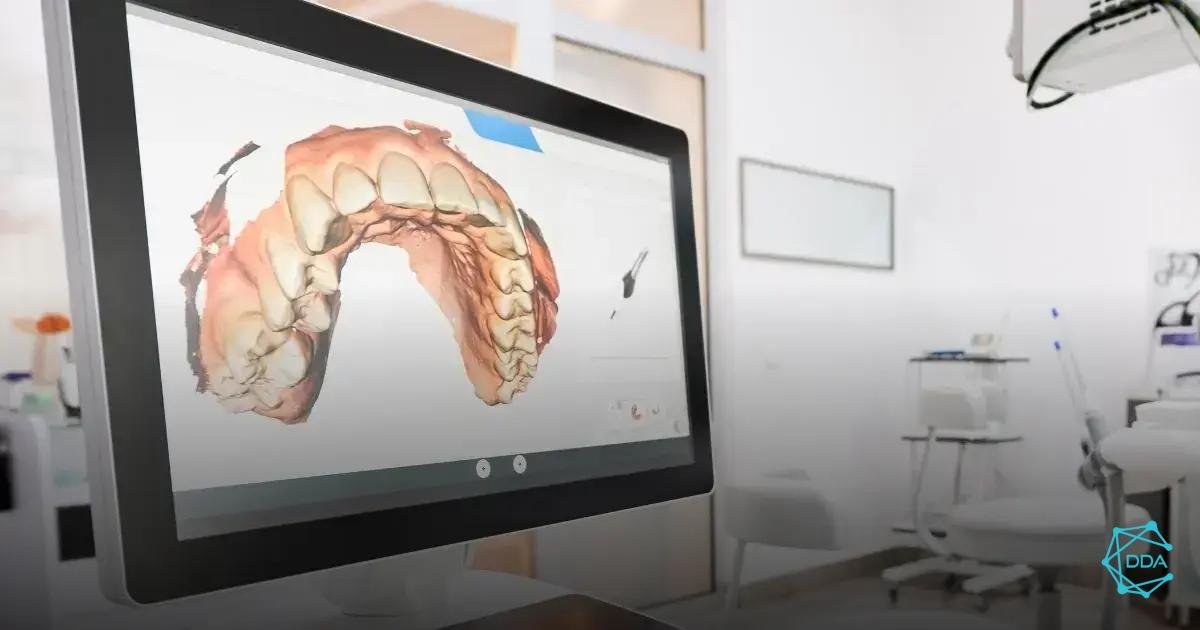

Choose the ideal 3D printer Choosing a dental practice is a crucial step that can directly impact the quality of the services provided. There are several factors to consider in this process, and understanding each of them will help you make an informed decision.
One of the first aspects to analyze is the type of printing technology. 3D printers can use different methods, such as FDM (Fused Deposition Modeling), SLA (Stereolithography) and SLS (Selective Laser Sintering). Each technology has its advantages and disadvantages, so it is important to choose the one that best suits your specific needs.
Another factor to consider is the print resolution. Higher resolution printers provide more accurate details, which is essential for creating high-quality dental devices. Check the manufacturer's specifications and look for models that ensure a good level of detail in the prints.
A ease of use should also be a priority. Choose a printer that has a user-friendly interface and is easy to operate, especially if you have no prior experience with 3D printing. Models with intuitive software can make the design and printing process much easier.
Also, consider the total cost of ownership. This includes not only the purchase price of the printer, but also the maintenance, materials, and operating costs. Do a detailed analysis to ensure that the printer you choose fits your budget and provides a good return on investment.
Finally, don't forget to evaluate the support and community around the printer. Having access to technical support and an active community can be extremely valuable, especially during the first few months of use. This can help you resolve issues more quickly and share experiences with other professionals.
By considering all of these factors, you will be better prepared to choose the ideal 3D printer that will meet your needs and enhance your dental practice.
3D Printing Techniques for Dental Prosthetics
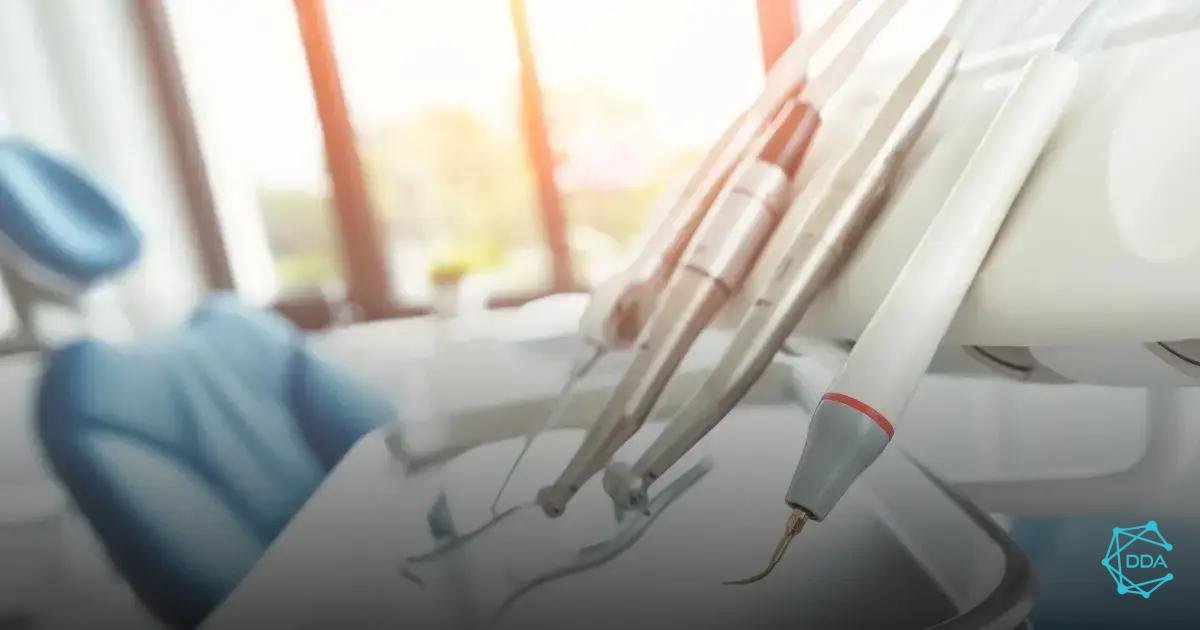

To the 3D printing techniques for dental prosthetics have revolutionized the way these parts are manufactured, offering precision and efficiency. In this segment, we will discuss the main techniques used and how they can benefit dental practice.
The most common technique is stereolithography printing (SLA), which uses a UV light beam to cure layers of liquid resin. This approach allows the creation of dental prosthetics with impressive detail and smooth surfaces, which is essential to ensure patient comfort.
Another popular technique is fused deposition modeling (FDM), which is often used to print working models and surgical guides. Although it does not offer the same precision as SLA, FDM is a more affordable and practical option for producing parts that do not require such a refined finish.
A selective laser sintering (SLS) printing It is also a valuable technique, especially for the production of metal structures for dental prostheses. SLS uses a laser to fuse powder particles together, resulting in robust and durable parts that are ideal for dental implants.
Furthermore, the use of biocompatible materials is essential in the printing of dental prostheses. These materials ensure that the printed parts are safe for use in patients and minimize the risk of adverse reactions. Resins and ceramics specific to dentistry are often used to ensure the quality and durability of the prostheses.
Finally, the use of computer-aided design (CAD) software is essential to the success of 3D printing techniques. These programs allow dentists to create accurate digital models of dentures, facilitating the printing process and ensuring a perfect fit.
In short, 3D printing techniques for dental prosthetics offer numerous advantages, from customization to production efficiency. In our course, you will learn more about each of these techniques and how to apply them effectively in your dental practice.

